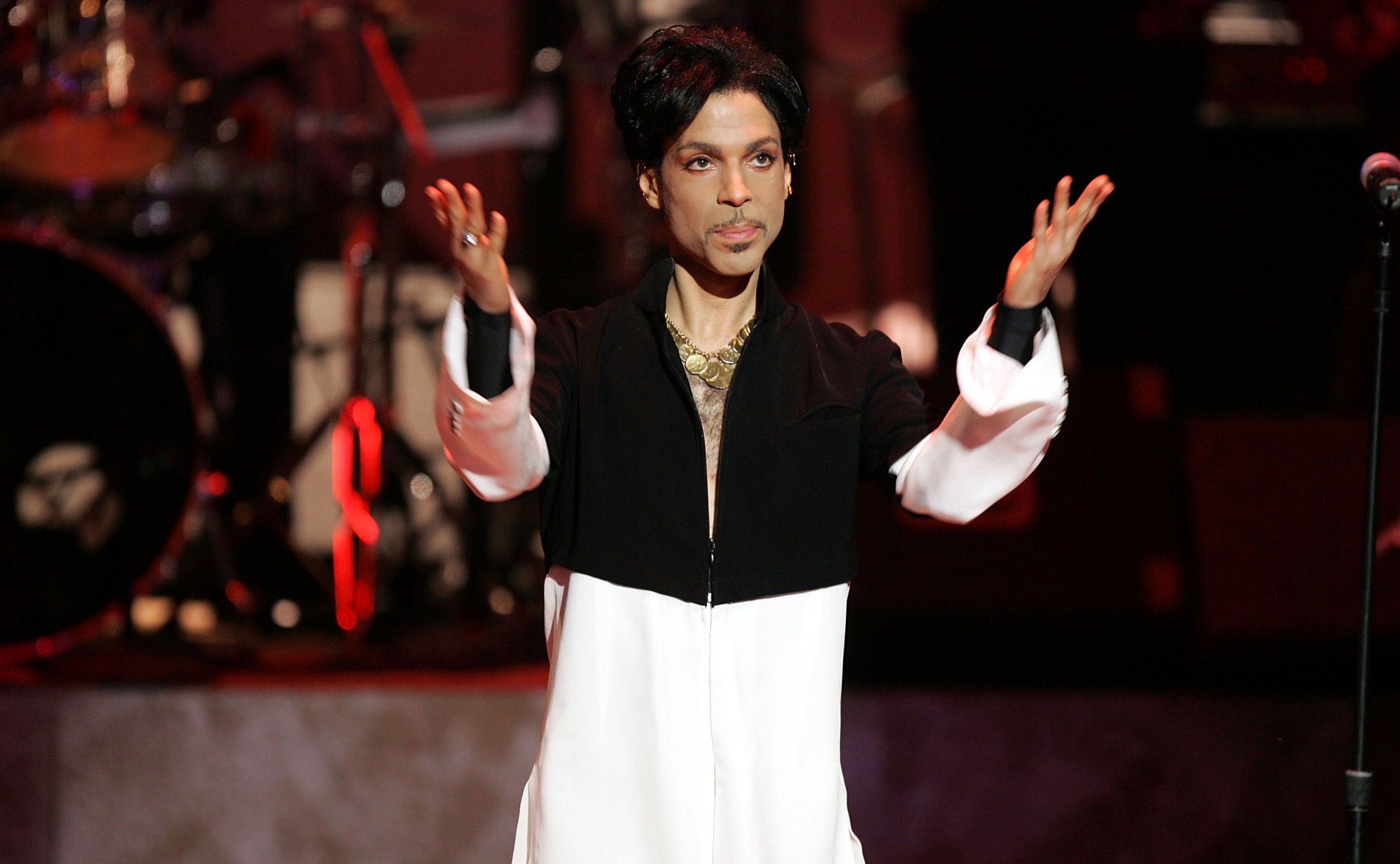Military Modernization: Comparing The US And China

Table of Contents
US Military Modernization
The US military modernization strategy centers on maintaining technological superiority and projecting power globally. This involves a multifaceted approach encompassing advanced technology integration, a robust global presence, and substantial defense spending.
Focus on Technological Superiority
The US military prioritizes investment in cutting-edge technologies to maintain a decisive advantage over potential adversaries. This focus includes:
- Artificial Intelligence (AI) and Machine Learning: Integration of AI into various military systems, from autonomous weapons to enhanced situational awareness.
- Hypersonic Weapons: Development and deployment of hypersonic missiles, capable of exceeding Mach 5, posing significant challenges to existing defense systems.
- Space-Based Assets: Continued investment in space-based surveillance, communication, and navigation systems, crucial for maintaining global command and control.
- Next-Generation Fighter Jets: The ongoing development and deployment of the F-35 Lightning II and the future Next Generation Air Dominance (NGAD) program, aiming to maintain air superiority.
- Network-Centric Warfare: Emphasis on interconnected systems and data sharing to enhance battlefield awareness and coordination.
Specific programs receive billions in funding annually, ensuring the continuous evolution of US military technology.
Global Military Presence and Alliances
The US maintains a vast global military presence, leveraging a network of bases and strong alliances to project power and influence. Key aspects include:
- Extensive Global Base Network: Hundreds of military bases across the globe enable rapid deployment and response capabilities.
- Strategic Alliances: Participation in key alliances like NATO strengthens collective defense capabilities and enhances interoperability.
- Robust Logistics and Supply Chains: A complex network ensures the reliable supply of equipment and resources to deployed forces worldwide.
These alliances and deployment locations provide a crucial framework for the projection of US military power and influence across the globe.
Budget and Spending
The US military budget is the largest in the world, consistently exceeding that of all other nations combined. This significant investment fuels ongoing modernization efforts across all branches of the armed forces:
- Massive Budget Allocation: The annual budget allocates trillions of dollars to research, development, procurement, and personnel.
- Historical Spending Trends: Sustained high levels of military spending for decades reflect a commitment to maintaining global military dominance.
- Economic and Political Implications: The scale of the budget has significant economic and political implications, sparking ongoing debate about resource allocation and priorities.
Chinese Military Modernization
China’s military modernization strategy emphasizes rapid technological advancement, focusing on regional dominance and countering US military capabilities. This involves a different approach compared to the US, prioritizing indigenous development and strategic deterrence.
Emphasis on Anti-Access/Area Denial (A2/AD) Strategies
A core element of China's military modernization is the development of A2/AD capabilities to restrict access to strategically important regions, such as the South China Sea:
- Advanced Missile Systems: Significant investment in ballistic and cruise missiles, capable of striking targets across vast distances.
- Cyber Warfare and Electronic Warfare: Development of robust cyber and electronic warfare capabilities to disrupt enemy communications and command structures.
- Anti-Ship Ballistic Missiles (ASBMs): Development of ASBMs poses a significant threat to US naval power projection.
These capabilities are designed to deter or deny access to critical areas, challenging US naval dominance in the region.
Focus on Indigenous Technological Development
China is actively pursuing indigenous technological development to reduce reliance on foreign technologies and catch up with, or surpass, US military capabilities in specific areas:
- Artificial Intelligence (AI) and Hypersonic Weapons: Significant investment in these areas is aimed at bridging the technological gap with the US.
- Domestic Production of Advanced Equipment: Emphasis on domestic production to reduce dependence on foreign suppliers.
- Investment in Research and Development: Increased funding for research and development to accelerate technological advancements.
China’s success in this area is rapidly changing the global military landscape.
Budget and Spending
China’s military budget has experienced substantial growth over the past decades, although the exact figures remain somewhat opaque:
- Rapid Budget Growth: Sustained increases in military spending reflect China's ambition to enhance its military capabilities.
- Comparison with US Spending: While significantly smaller than the US budget, the rapid growth rate presents a changing global military balance.
- Opacity of Budgeting: The lack of complete transparency regarding Chinese military spending makes accurate assessment challenging.
Comparing US and Chinese Military Modernization Strategies
Comparing the US and Chinese approaches to military modernization reveals significant differences in their strategic goals, technological focus, and budgetary approaches:
- Technological Focus: The US prioritizes comprehensive technological superiority across various domains, while China focuses on specific A2/AD capabilities and indigenous technological breakthroughs.
- Strategic Goals: The US aims for global power projection and maintaining a dominant military position, whereas China concentrates on regional dominance and countering US influence.
- Budgetary Approaches: The US maintains a massive, consistently high defense budget, while China shows sustained, rapid growth in its military spending.
These differing strategies are shaping the international security landscape and creating new challenges and complexities for global stability.
Conclusion
This comparison of US and Chinese military modernization highlights significant differences in strategy, technological emphasis, and budgetary approaches. The US maintains a focus on technological superiority and global power projection, while China emphasizes A2/AD capabilities and indigenous technological development. The ongoing military modernization of both nations has profound implications for global security and the balance of power. Understanding the nuances of US and Chinese military modernization is crucial for navigating the complexities of the 21st-century geopolitical landscape. Continue to follow this topic to stay informed about the latest developments in military modernization and the evolving dynamics between these two global powers.

Featured Posts
-
 What To Do If You Wake Up With A Banksy On Your Wall
May 31, 2025
What To Do If You Wake Up With A Banksy On Your Wall
May 31, 2025 -
 Crews Battle Deadly Out Of Control Wildfires In Eastern Manitoba
May 31, 2025
Crews Battle Deadly Out Of Control Wildfires In Eastern Manitoba
May 31, 2025 -
 Rosemary And Thyme A Culinary Guide To Herb Gardening And Cooking
May 31, 2025
Rosemary And Thyme A Culinary Guide To Herb Gardening And Cooking
May 31, 2025 -
 Today In History March 26th 2016 The Death Of Prince And The Fentanyl Findings
May 31, 2025
Today In History March 26th 2016 The Death Of Prince And The Fentanyl Findings
May 31, 2025 -
 The Los Angeles Wildfire Betting Market A Growing Concern
May 31, 2025
The Los Angeles Wildfire Betting Market A Growing Concern
May 31, 2025
